Your packages may soon by flown on a massive jet with only one pilot, and it's only a matter of time before you could be too
Thomas Pallini

REUTERS/Tim Chong
- Airbus is eyeing the newly-launched A350 Freighter as a potential candidate for single-pilot flying.
- Single-pilot operations are common in the private aviation and cargo realms but not with aircraft like the A350.
The labor and shipping crises are taking flight as newer cargo planes may be developed in a way that would require only one pilot to be at the controls for most of a flight.
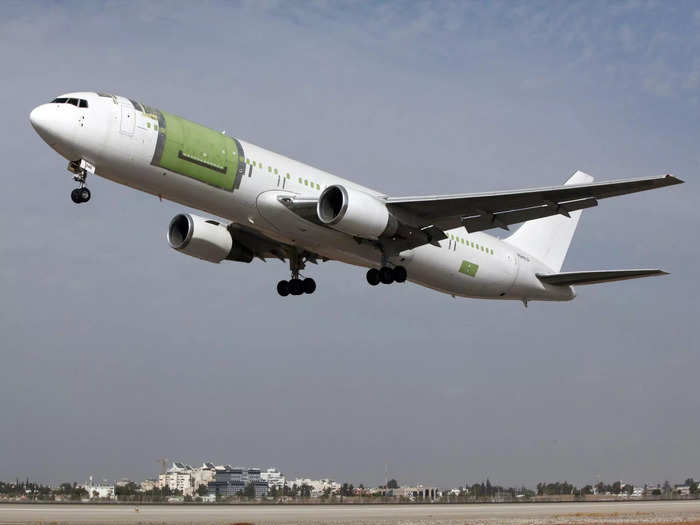
A Boeing 767-300ER cargo plane. Israel Aerospace Industries
Airbus just launched the Airbus A350 Freighter at the Dubai Airshow in November with a seven-aircraft order for Air Lease Corporation. Once developed, it will likely be the second-largest twin-engine cargo plane in the skies.
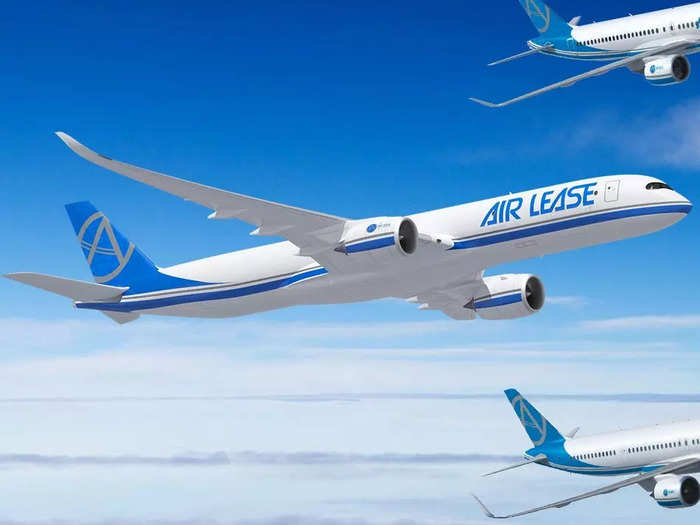
A rendering of an Airbus A350 Freighter aircraft. Airbus
Its main competition, as of now, will be the freighter variant of the Boeing 777-300ER currently in development with Israel Aerospace Industries.
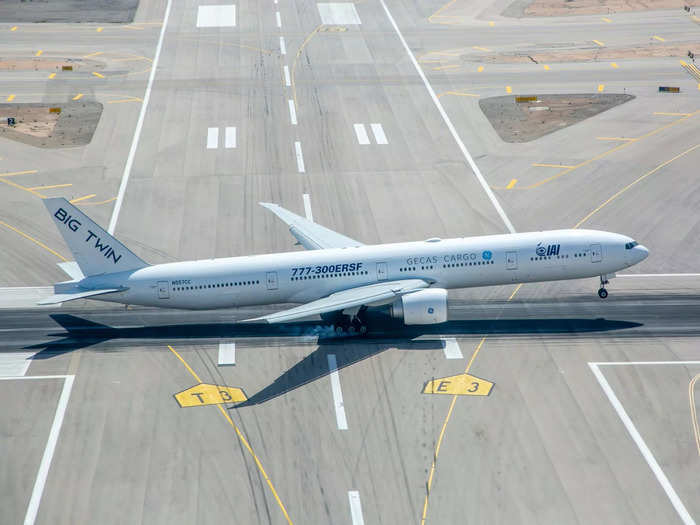
Israel Aerospace Industries' Boeing 777-300ER "Big Twin" cargo plane. Israel Aerospace Industries
Boeing may also introduce the 777X Freighter based on its new wide-body aircraft, which will be the largest twin-engine passenger plane once certified, surpassing the A350 Freighter. But the manufacturer has so far held off on launching the program while it focuses on certifying its other aircraft.
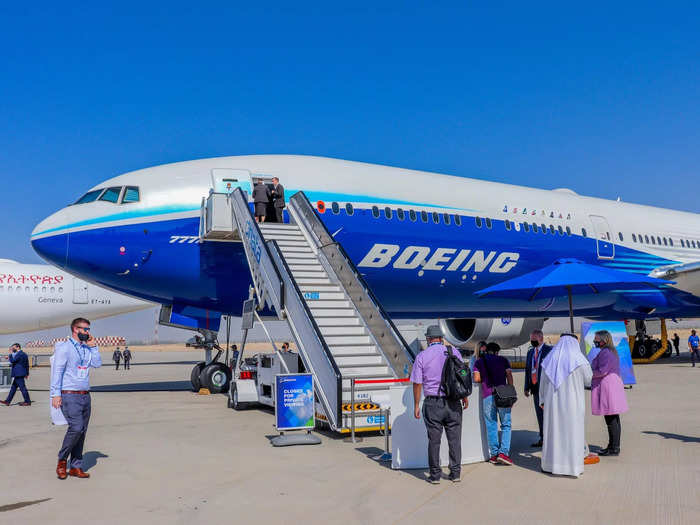
The Boeing 777X at Dubai Airshow 2021. Thomas Pallini/Insider
Both the Airbus and Boeing jets will help cargo airlines meet the growing needs of an industry bolstered by the COVID-19 pandemic and delays in ocean shipping.
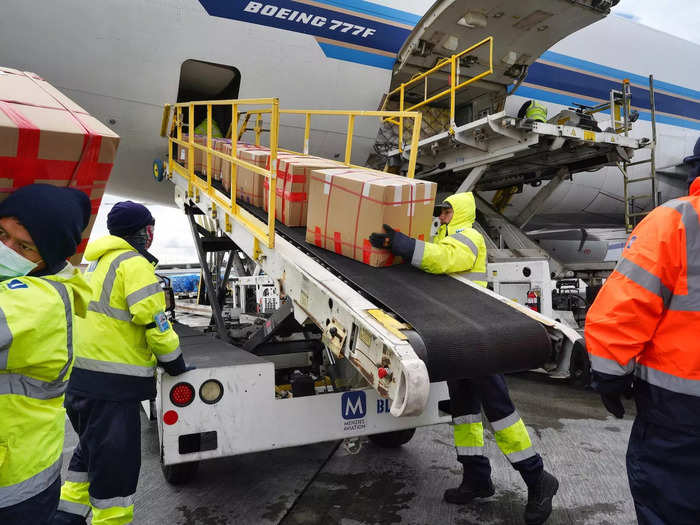
Wearing protective masks ground crew at the Los Angeles International airport unload supplies of medical personal protective equipment, PPE, from a China Southern Cargo plane upon its arrival on Friday, April 10, 2020. Associated Press/Richard Vogel
Packages will finally get to ride on freighter versions of the airliners that passengers have long enjoyed.
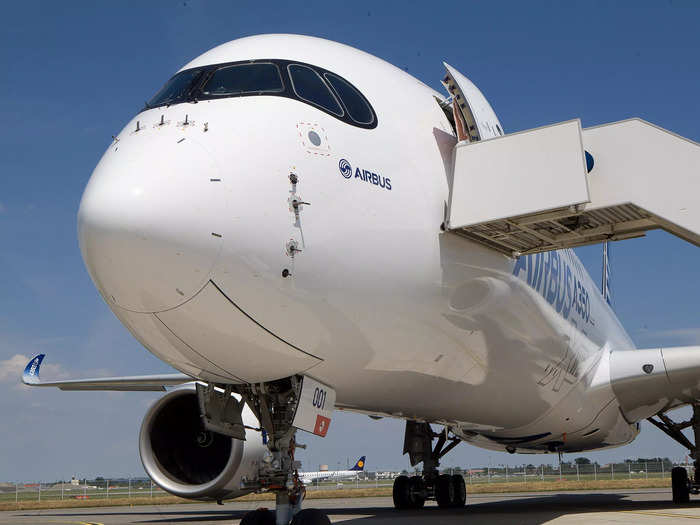
An Airbus A350 XWB aircraft. AKSARAN/Gamma-Rapho/Getty
But despite its size, Airbus CEO Guillaume Faury said that the A350 Freighter might be a "candidate" for single-pilot operations, as FlightGlobal reported, in which only one pilot will be in the cockpit at a time.
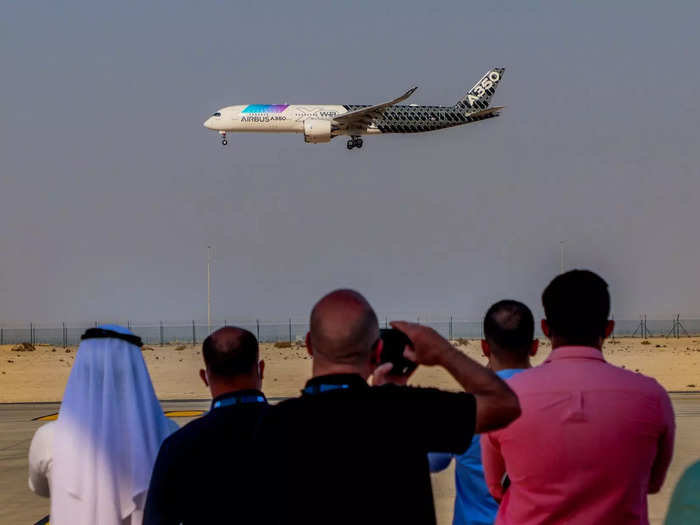
An Airbus A350-900 XWB at Dubai Airshow. Thomas Pallini/Insider
Source: FlightGlobal
Both pilots would likely be in the cockpit for takeoffs and landings but then one only would be needed to watch over the aircraft and its systems during cruise flight.
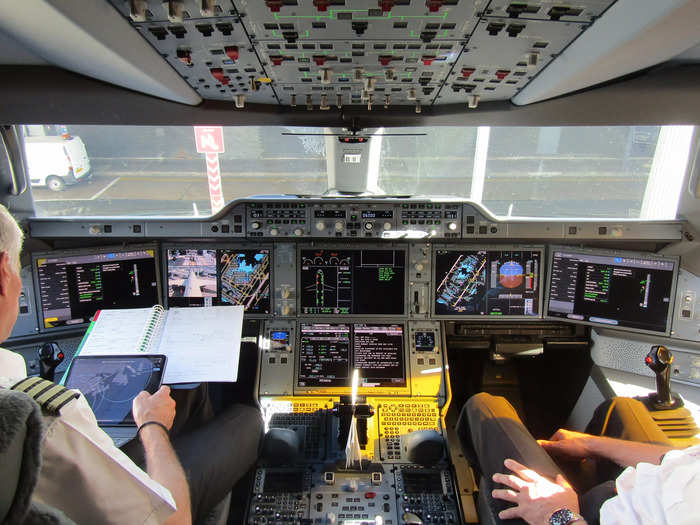
The cockpit of an Airbus A350 XWB aircraft. Thomas Pallini/Business Insider
While one pilot is in the cockpit, the other would be resting in dedicated rest areas outside the cockpit.
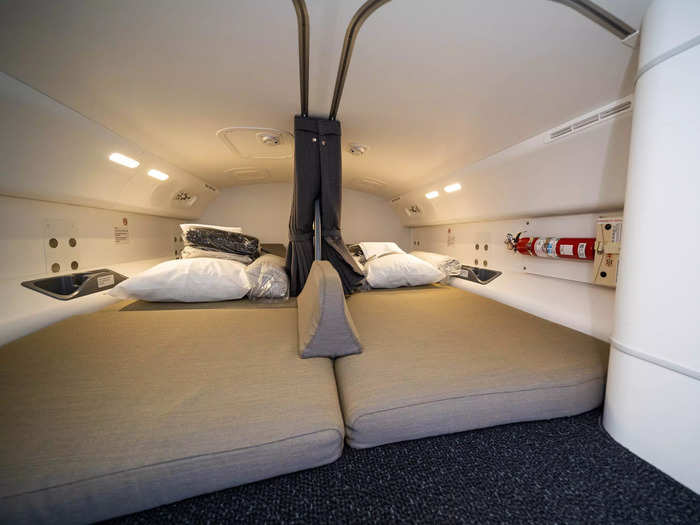
The pilot rest area onboard a Boeing 787-9 Dreamliner aircraft. David Slotnick/Business Insider
The freighter won't make its debut until later in the decade when the manufacturer is hoping to broaden its capabilities in the single-pilot realm.
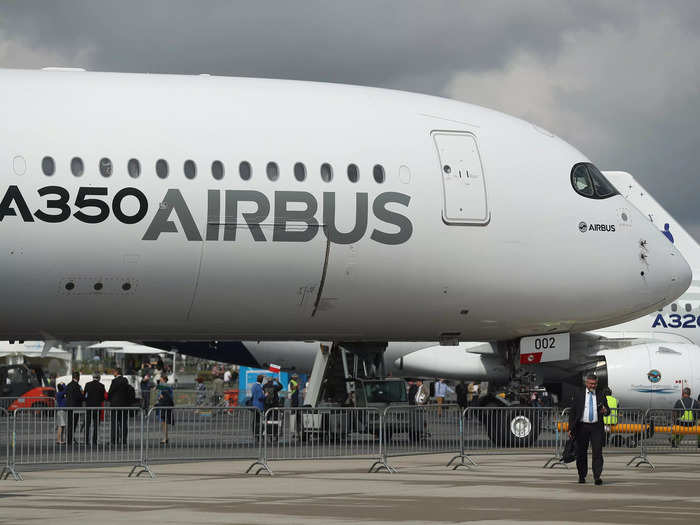
An Airbus A350 XWB aircraft. Sean Gallup/Getty Images
The A350 is uniquely qualified for single-pilot flying given the high level of automation already built into the aircraft, including the ability to auto descend without pilot input in case of an emergency.
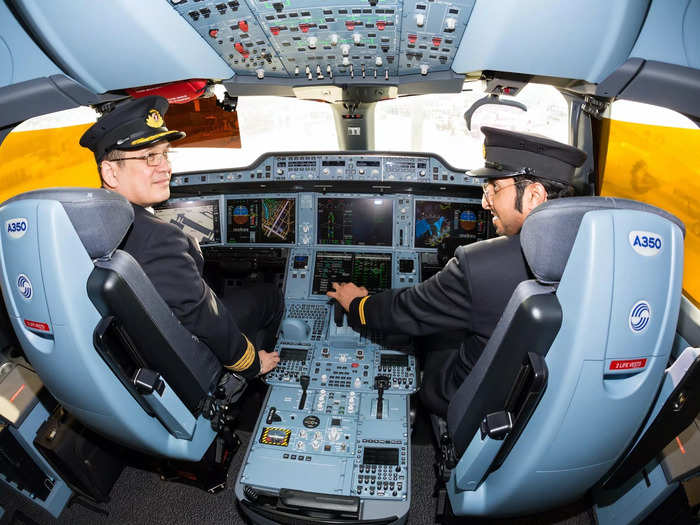
The cockpit of an Airbus A350 XWB aircraft. Dmitry Birin/Shutterstock.com
Source: Reuters
Whether or not existing cargo aircraft can be adapted to single-pilot operations remains to be seen.
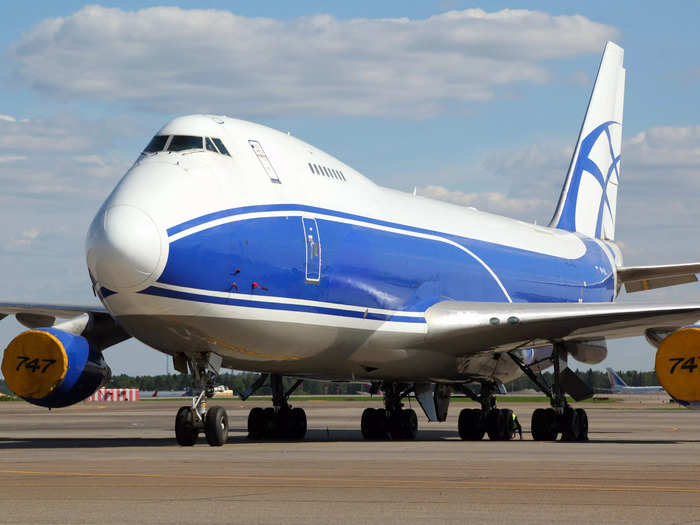
A Boeing 747-200 freighter. Fasttailwind / Shutterstock.com
Cargo airlines frequently turned to retired airliners when making their aircraft purchases, many of which do not have the same level of technology and automation found in the A350.
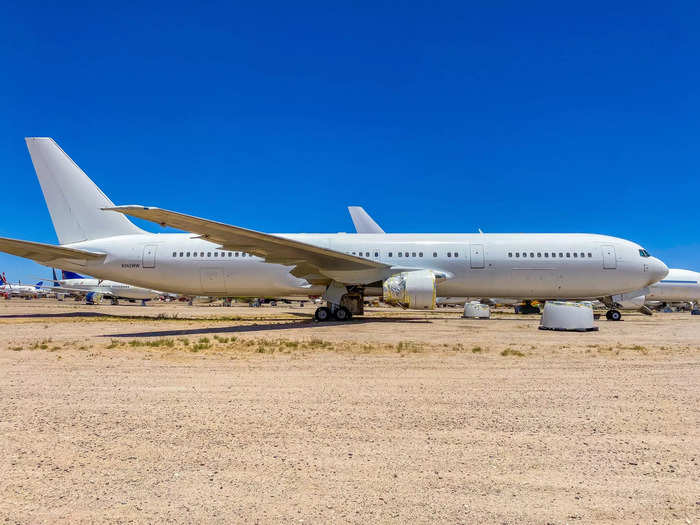
A stored Boeing 767-300 aircraft. Thomas Pallini/Insider
Single-pilot operations are already common in the private aviation realm as the stakes are comparatively lower than a commercial airline flight with hundreds of passengers onboard. Popular jet aircraft from the likes of Embraer, Pilatus, Cessna, and Cirrus can be flown with just one pilot.
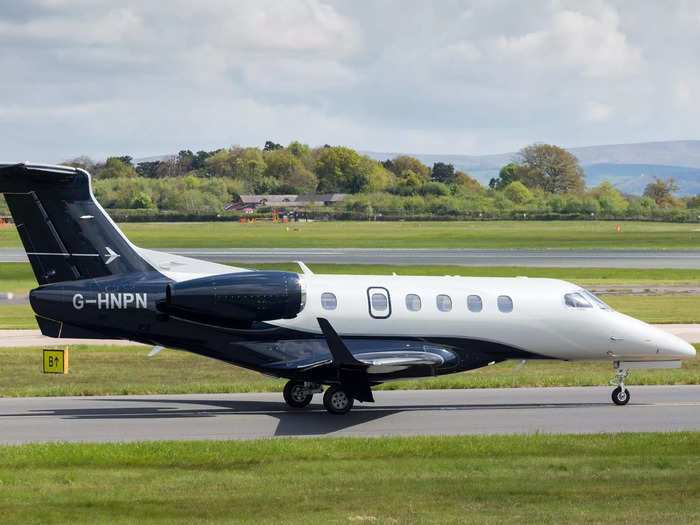
An Embraer Phenom 300 aircraft. Steve Cordory/Shutterstock.com
And some air carriers that fly small propeller aircraft will often staff flights with only one pilot.
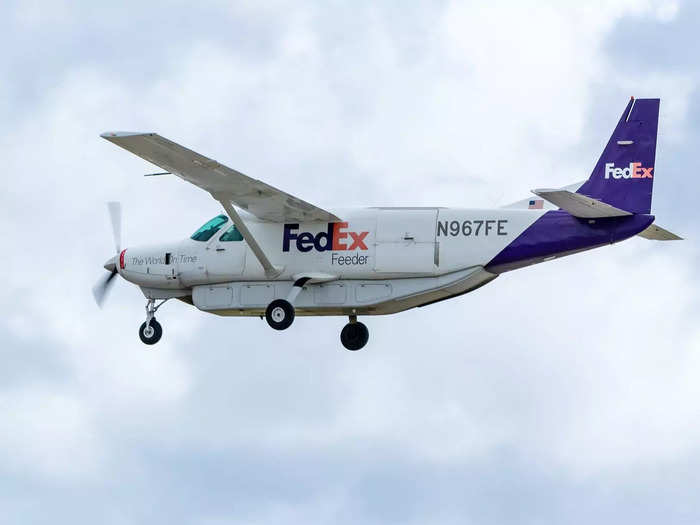
A FedEx Express Cessna Caravan 208. Enrico Powell / Shutterstock.com
Air cargo, along with private aviation, is where experts believe innovations in single-pilot operations will be seen first. Startups are already looking at replacing single-pilot cargo operations with self-flying aircraft.
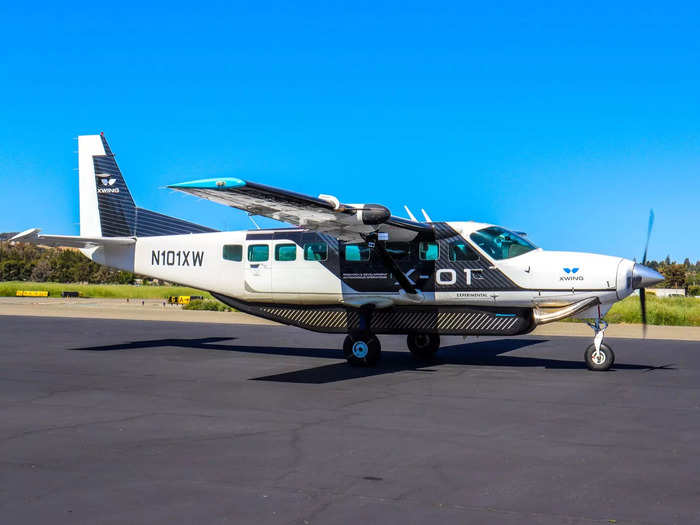
An Xwing self-flying plane demonstration flight. Thomas Pallini/Insider
"Cargo is, to some extent, an easier first place to deploy this because you can get exemptions [and] work with the regulator to start flying initially over unpopulated areas," Marc Piette, chief executive officer of autonomous aircraft startup Xwing, told Insider in April, referring to his company's self-flying Cessna Caravan 208 aircraft.
!["Cargo is, to some extent, an easier first place to deploy this because you can get exemptions [and] work with the regulator to start flying initially over unpopulated areas," Marc Piette, chief executive officer of autonomous aircraft startup Xwing, told Insider in April, referring to his company](https://staticbiassets.in/thumb/msid-88108465,width-700,height-525,imgsize-137232/quotcargo-is-to-some-extent-an-easier-first-place-to-deploy-this-because-you-can-get-exemptions-and-work-with-the-regulator-to-start-flying-initially-over-unpopulated-areasquot-marc-piette-chief-executive-officer-of-autonomous-aircraft-startup-xwing-told-insider-in-april-referring-to-his-companyaposs-self-flying-cessna-caravan-208-aircraft-.jpg)
An Xwing self-flying plane demonstration flight. Thomas Pallini/Insider
"That way you're not just putting anyone on board in jeopardy, but you're also not putting anyone on the ground at risk," he said.
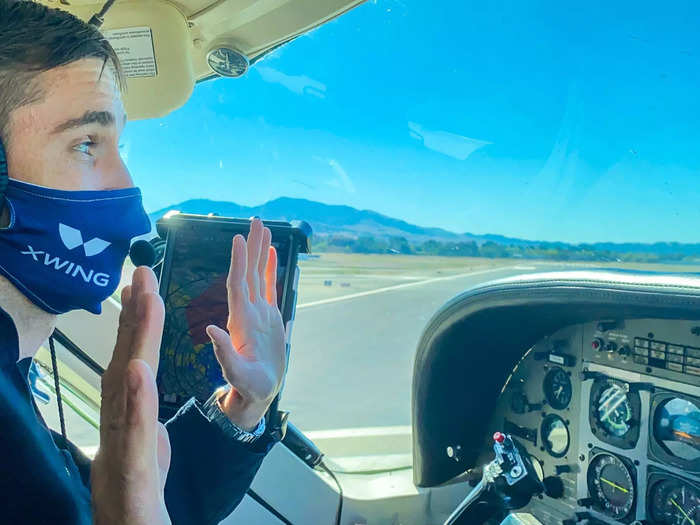
An Xwing self-flying plane demonstration flight. Thomas Pallini/Insider
For Airbus, a single-pilot operation might seem like a step back as the builder has already cracked the code on self-flying aircraft.
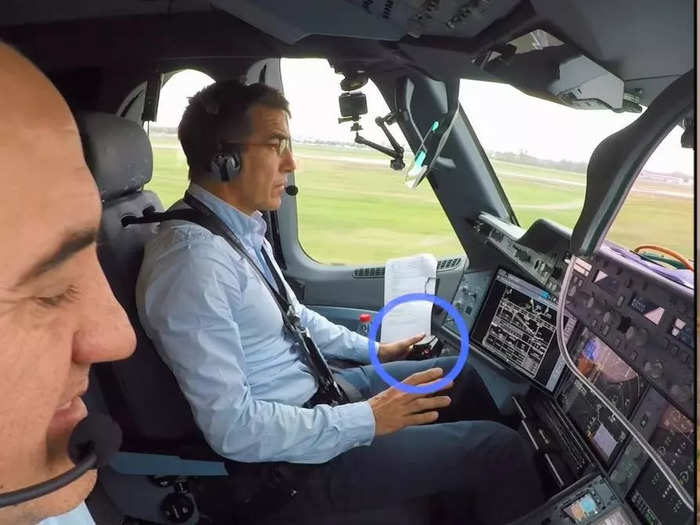
An Airbus A350-100 XWB test aircraft takes off from Toulouse-Blagnac Airport on its own. Airbus
Airbus taught an A350, the same aircraft being considered for single-pilot use, how to taxi, takeoff, and land entirely on its own and without pilot input.
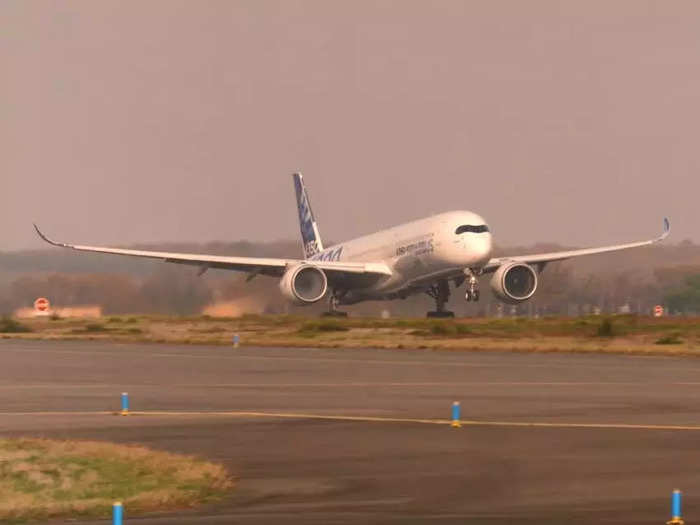
An Airbus A350-100 XWB test aircraft takes off from Toulouse-Blagnac Airport on its own. Airbus
The technology, Airbus said at the time, is intended to ease pilot workload and could pave the way for single-pilot flying and eventually no-pilot flying.
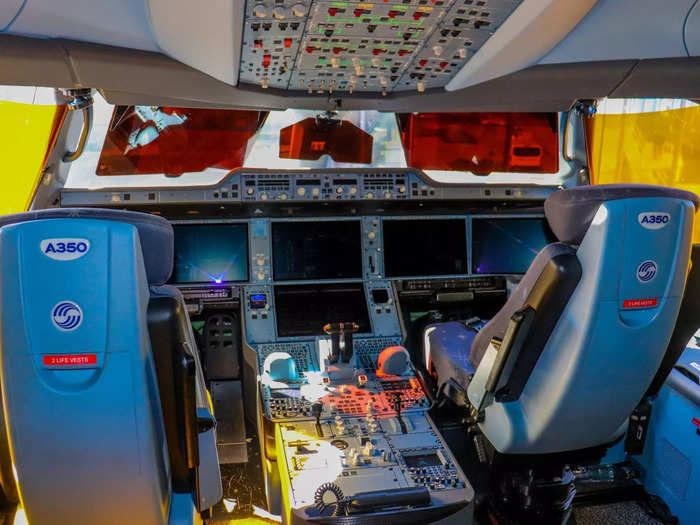
An Airbus A350 XWB aircraft. Thomas Pallini/Insider
And if single-pilot cargo jets are a success, the next step could be commercial airliners. Airbus is already working with airlines to incorporate single-pilot flying on long-haul flights to reduce the number of pilots on a given flight.
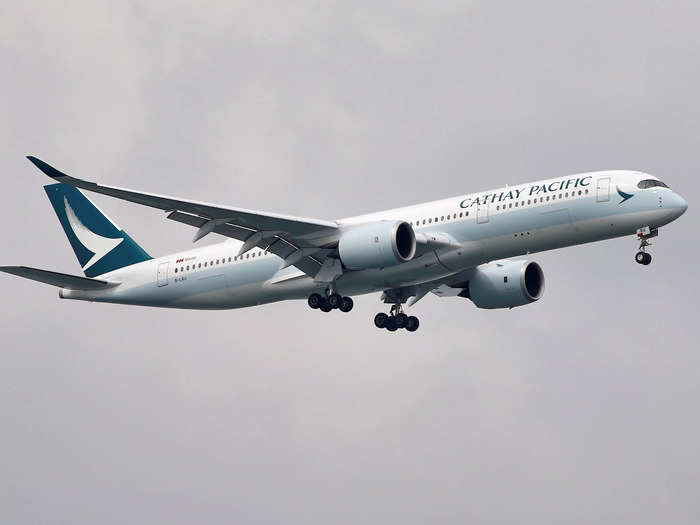
A Cathay Pacific Airways Airbus A350 airplane approaches to land at Changi International Airport in Singapore Reuters
Cathay Pacific Airways and Lufthansa are two of the global airlines involved in "Project Connect," as Reuters first reported. Though, the timeline for implementation is unclear.
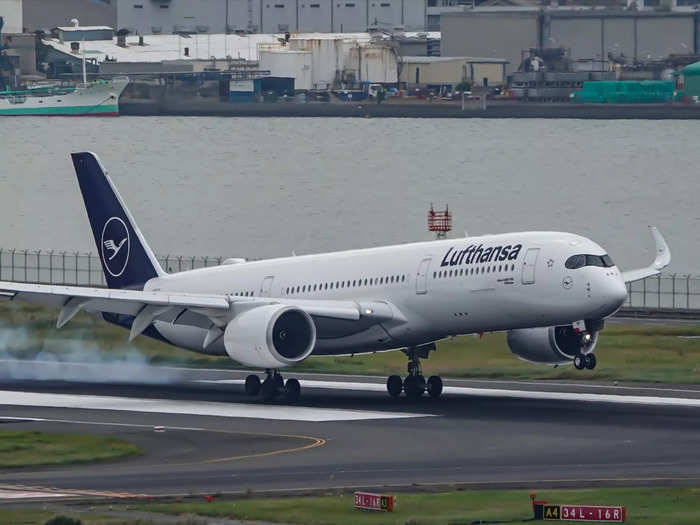
A Lufthansa Airbus A350-900 XWB aircraft. Kenken_spotter / Shutterstock.com
Source: Reuters
Airbus isn't alone in pioneering a single-pilot future as cockpit technology is already evolving to accommodate fewer pilots in the cockpit on larger and larger aircraft.
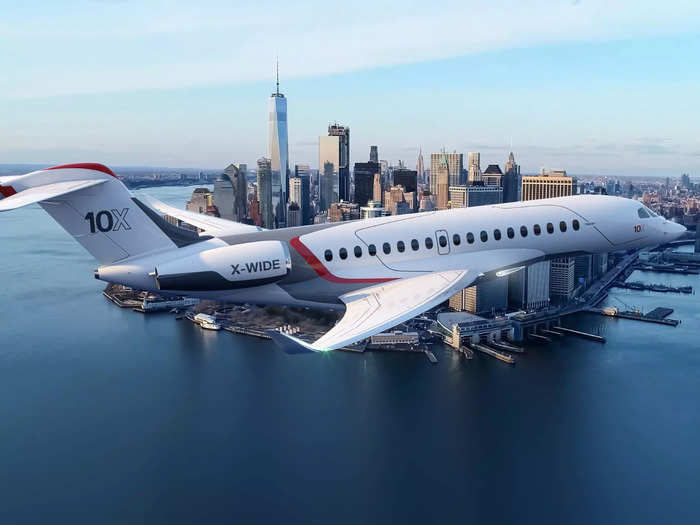
Dassault Aviation's new Falcon 10X private jet. © Dassault Aviation - Droits Réservés
Honeywell Aerospace debuted its Anthem cockpit in October which includes voice control capabilities and search functions in addition to highly intuitive systems that ease a pilot's workload.
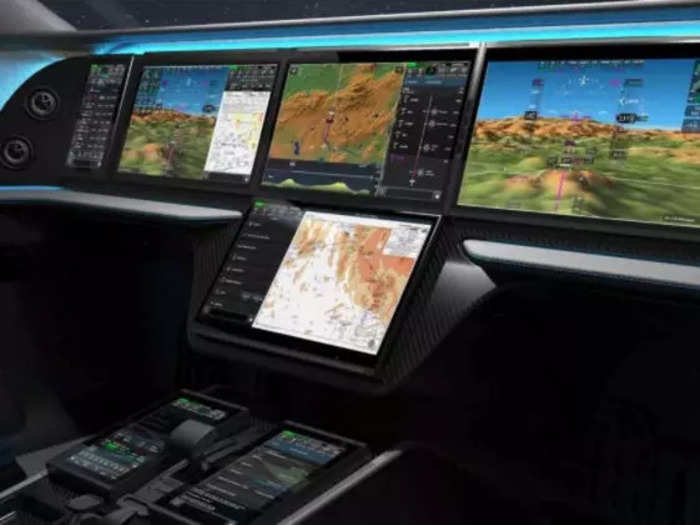
Honeywell Aerospace's Anthem cockpit. Honeywell Aerospace
French business aircraft manufacturer Dassault Aviation is also developing its new Falcon 10X with the hope that single-pilot operations during cruise flight will soon be allowed.
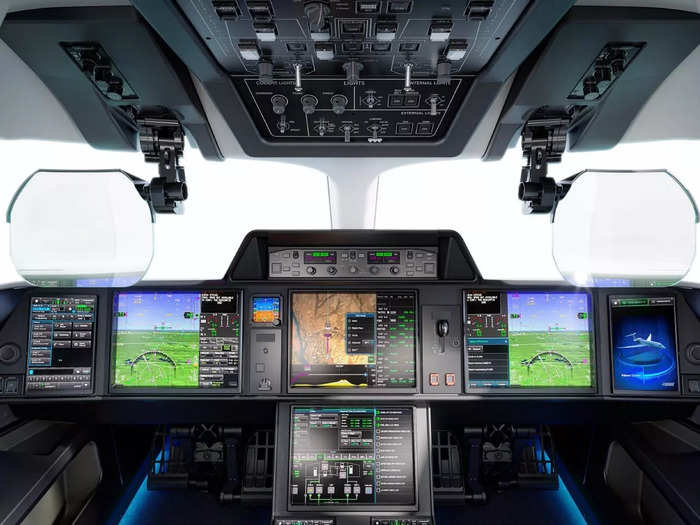
Dassault Aviation's new Falcon 10X private jet. © Dassault Aviation - Droits Réservés
"This aircraft is due to fly for many years and regulations may change," Philippe Duchateau, Dassault's chief test pilot, said during the aircraft's unveil. "The level of automation will allow us to have one pilot flying the aircraft while the other one is resting in the cockpit."
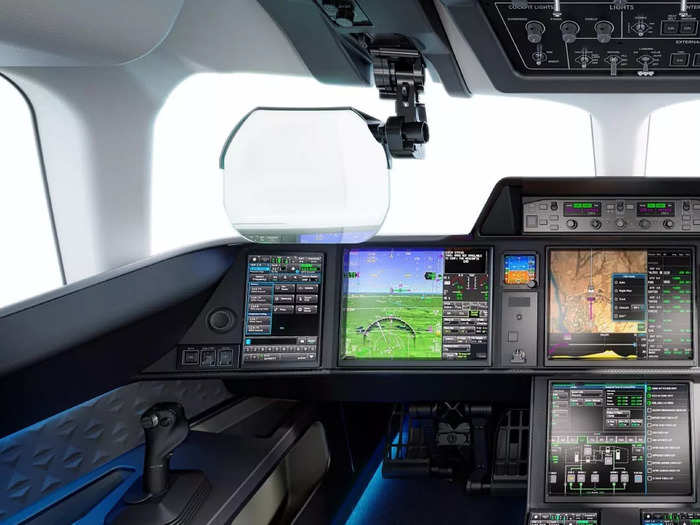
Dassault Aviation's new Falcon 10X private jet. © Dassault Aviation - Droits Réservés
And the next step up from single-pilot operations, in the mind of experts, is autonomous operations.
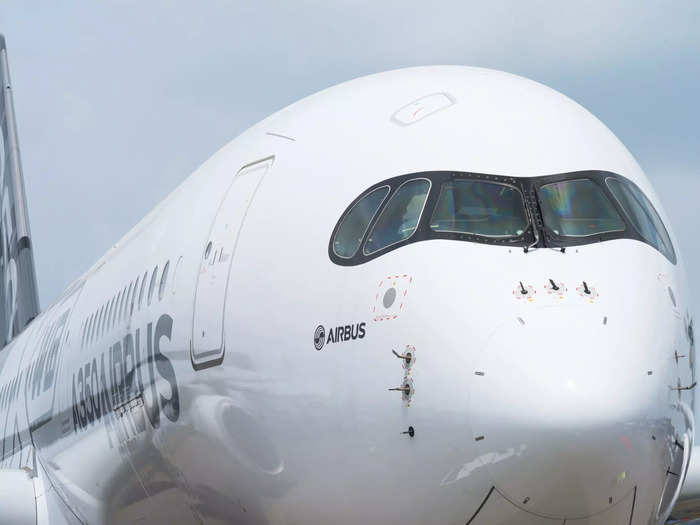
An Airbus A350 XWB aircraft. Thor Jorgen Udvang/Shutterstock.com
"As you automate more and more and more, there's less of the manual stuff for the pilot to do," Stéphane Fymat, vice president and general manager, urban air mobility and unmanned aerial systems, at Honeywell Aerospace, told Insider in April. "You do more and more of that, and you step down the road towards autonomy."
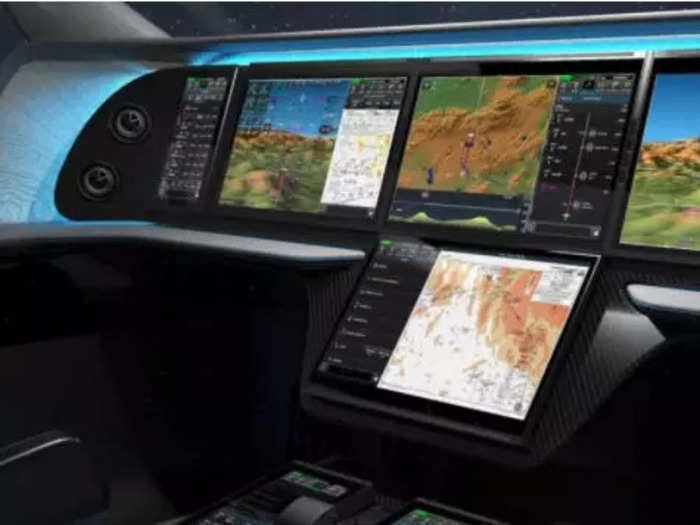
Honeywell Aerospace's Anthem cockpit. Honeywell Aerospace
These developments are aimed at solving a lingering threat that plagues the aviation industry: a shortage of pilots.

Pilots chatting in front of an American Airlines plane. Mike Stone/Reuters
Airlines may have found themselves with too many pilots during the pandemic but it will have too few in the long term.
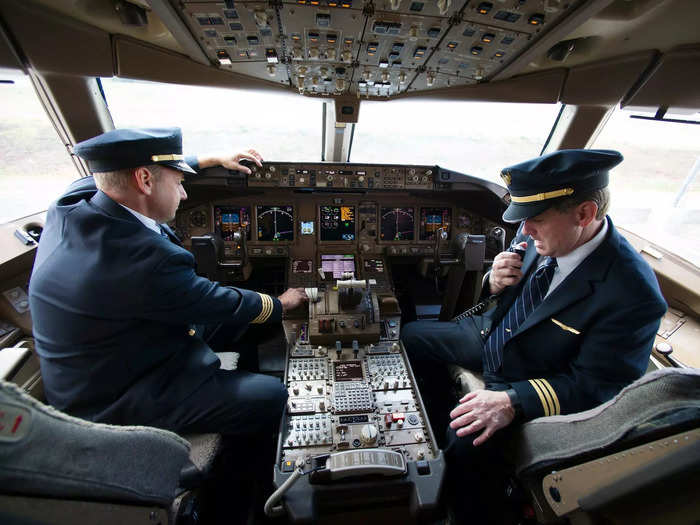
An aircraft cockpit. Cliff Owen/AP
The stringent qualifications imposed by regulators combined with the high cost of training have made it more difficult for airlines to recruit, and it's a problem that's only getting worse.
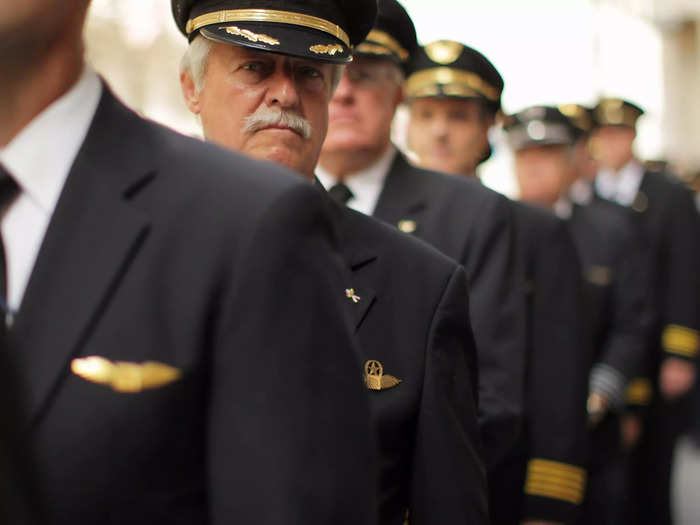
Airline pilots. Spencer Platt/Getty Images
Airlines have adopted ab-initio training academies but the cost of training can still set would be pilots tens of thousands of dollars before they receive their first paycheck.
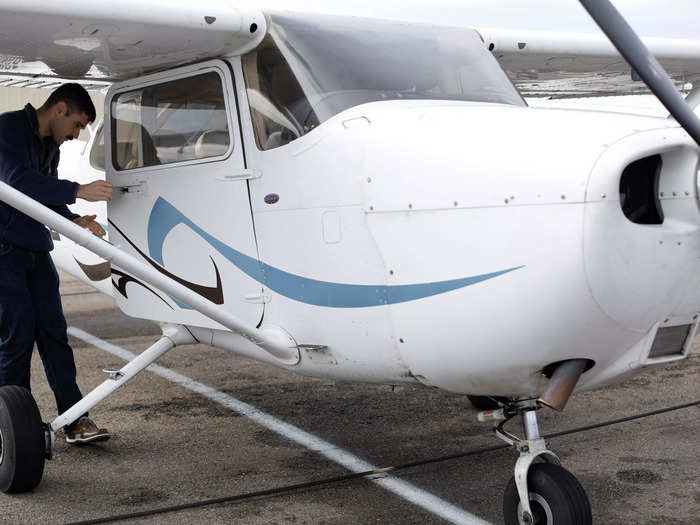
A Cessna 172 training aircraft. Mike Blake/Reuters
Reducing the number of pilots required on a given flight would help alleviate the issue, especially as long-haul flights often call for two sets of crew. And an autonomous flight may require no pilots at all.
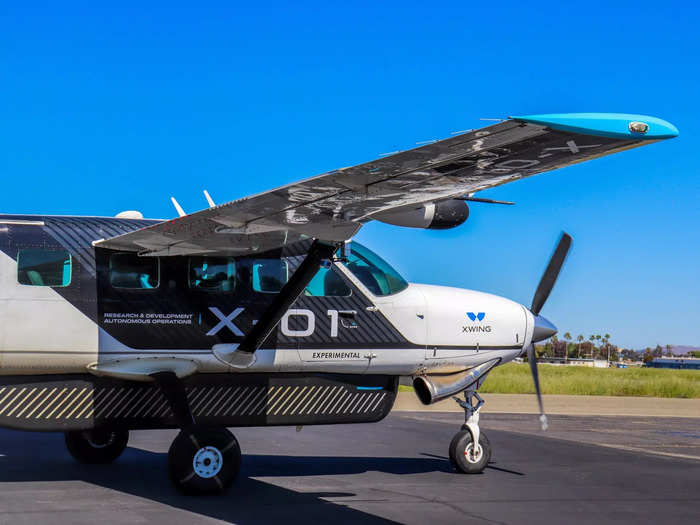
An Xwing self-flying plane demonstration flight. Thomas Pallini/Insider
But before any pilots are taken off from an airplane, airlines and aircraft manufacturers will first have to get approval from their respective regulators and perhaps more importantly, their insurance companies.
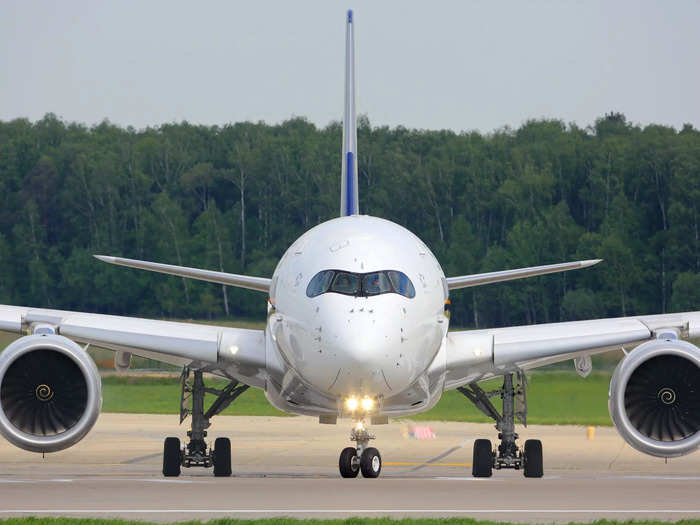
An Airbus A350 XWB aircraft. Fasttailwind/Shutterstock.com
"The decision on whether or not there will be a pilot on these planes may not be made in the executive suite of an airline, it may be made in the executive suite of an insurance company," Henry Harteveldt, a travel industry analyst and president of Atmosphere Research Group, told Insider of autonomous aircraft in June.
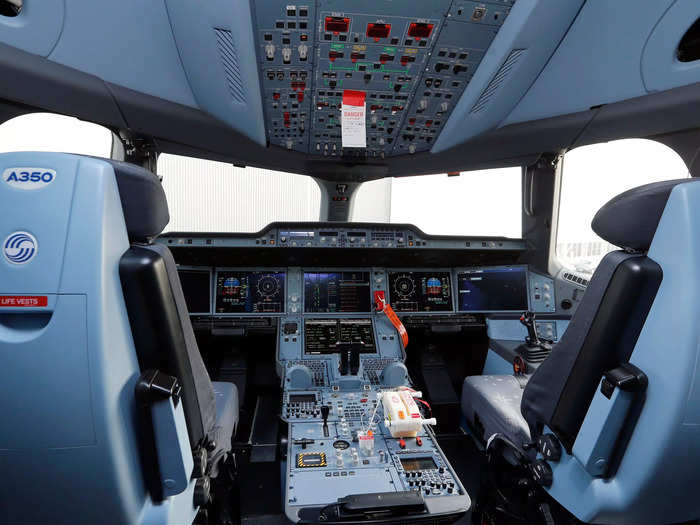
A general view shows the cockpit of an Airbus A350 under construction at the final assembly line at the Airbus headquarters in Toulouse, December 4, 2014. REUTERS/ Regis Duvignau
READ MORE ARTICLES ON
Popular Right Now
Popular Keywords
Advertisement